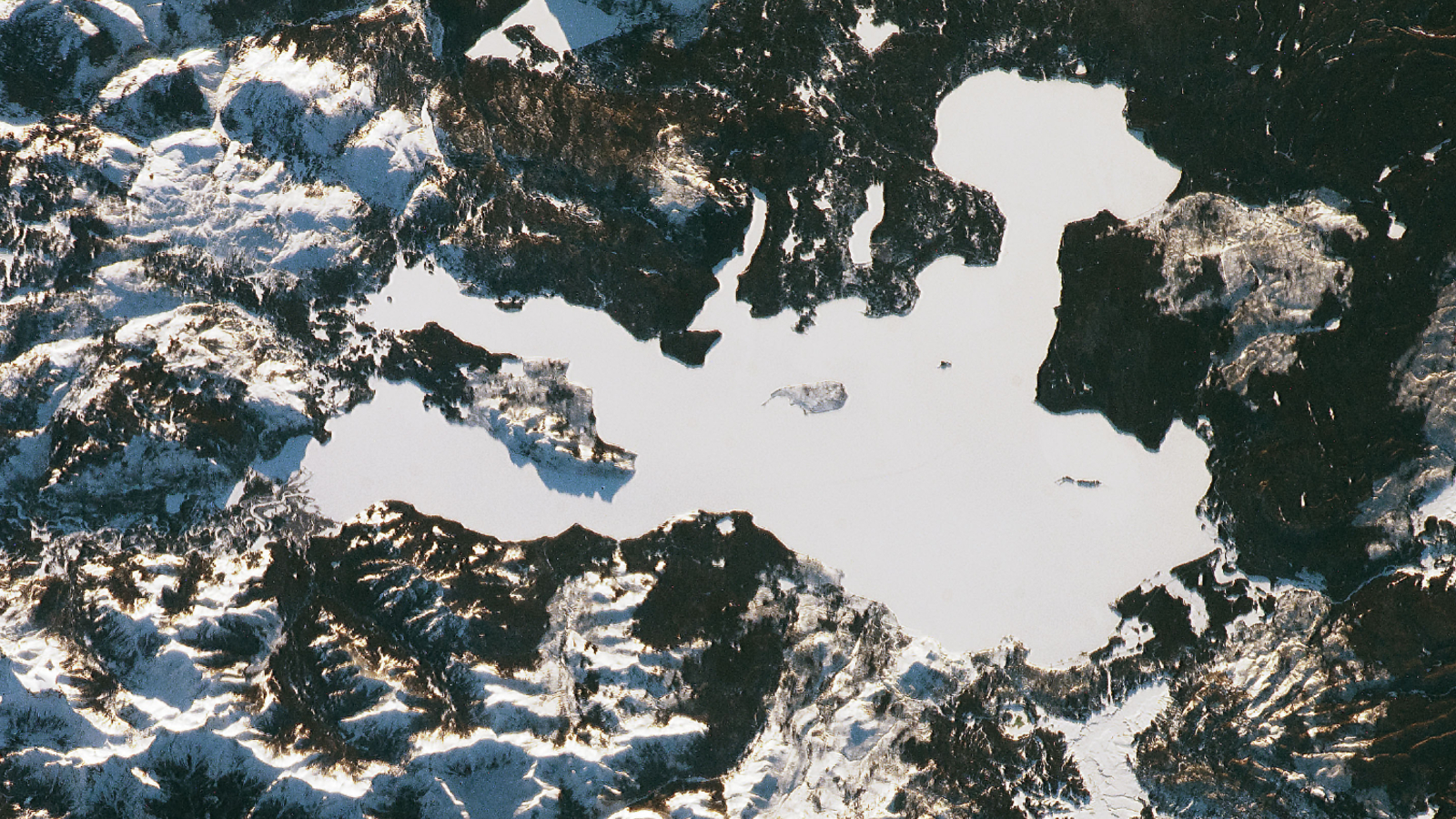Unexpected Diversity: North America's Tallgrass Prairies

North American Prairies
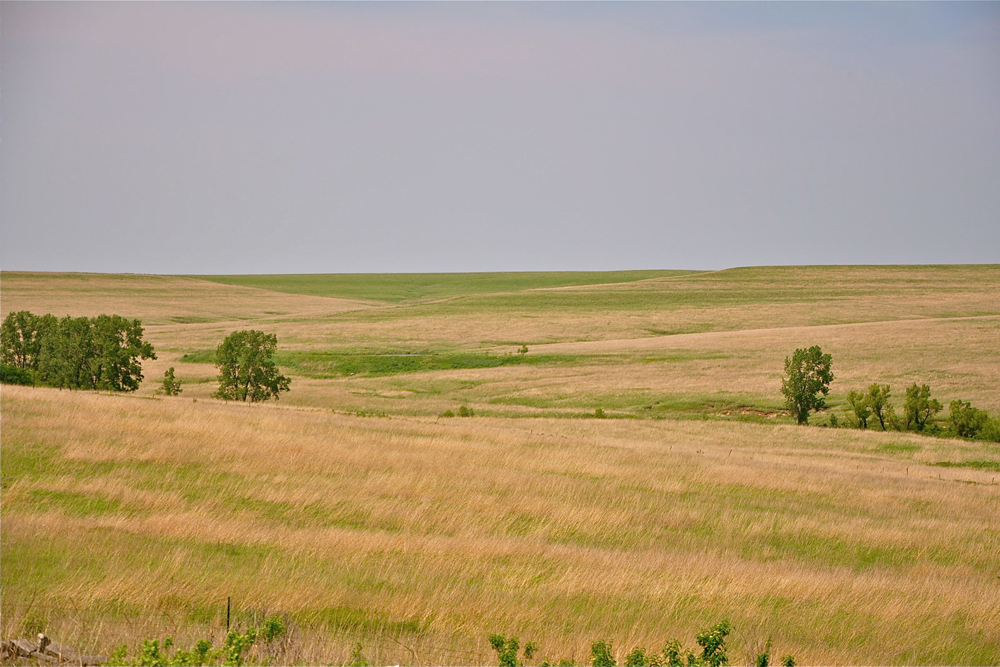
Tallgrass prairies once covered over 170 million acres (69 million hectares) of North America. They were a sea of waving grasses that stretched from the western edge of Indiana into eastern Kansas and from Saskatchewan, Canada, into the northern regions of Texas.
Diverse Ecosystems
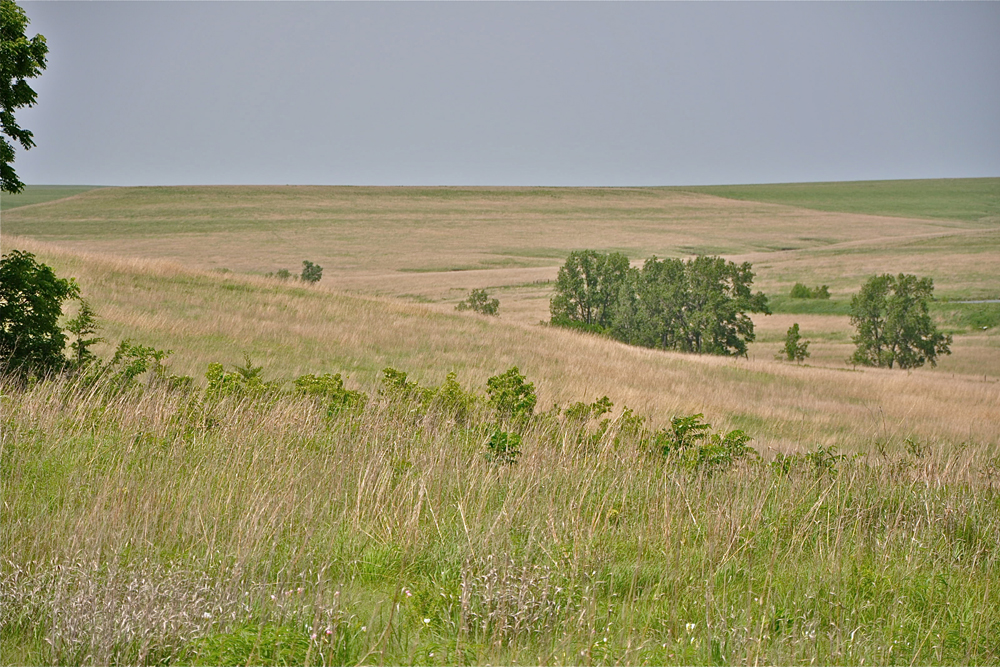
Prairies began to appear in the mid-North American continent between 10,000 and 8,000 years ago. They became North America's largest continuous ecosystem and were home to a vast number and variety of plants and animals. Only the ecosystem of Brazil's rainforest was more complicated and diverse than the prairies of North America.
Unique Landscapes
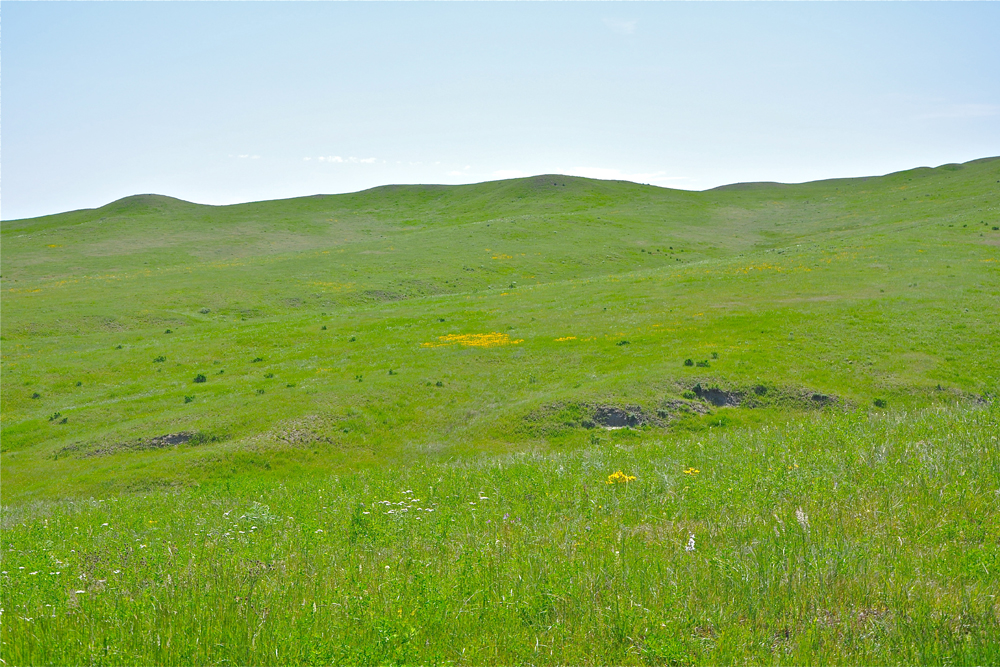
Prairies are found in landscapes too dry for forests and too wet for deserts. These vast lands that were once covered by tallgrass prairie have been reduced to less than 4 percent of their original size because the soil was cut and turned into the richest farm land found anywhere in the world. Today, the tallgrass prairie of North America is one of the most endangered and rarest ecosystems in the world.
Grasses a'Plenty
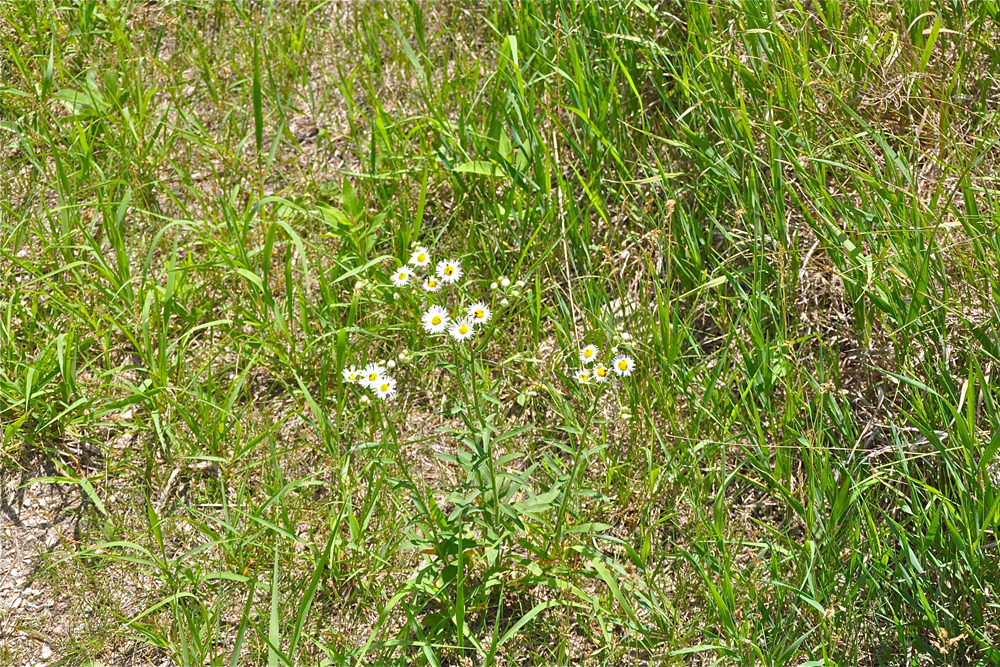
Eighty percent of the foliage that grows on the tallgrass prairie is indeed a variety of grass, comprising some 40 to 60 different species. The other 20 percent of the vegetation is composed of some 300 species of wildflowers along with lichens, liverworts and woody trees and scrubs that grow along the many creeks that meander throughout the prairie landscape.
Big Bluestema Grass
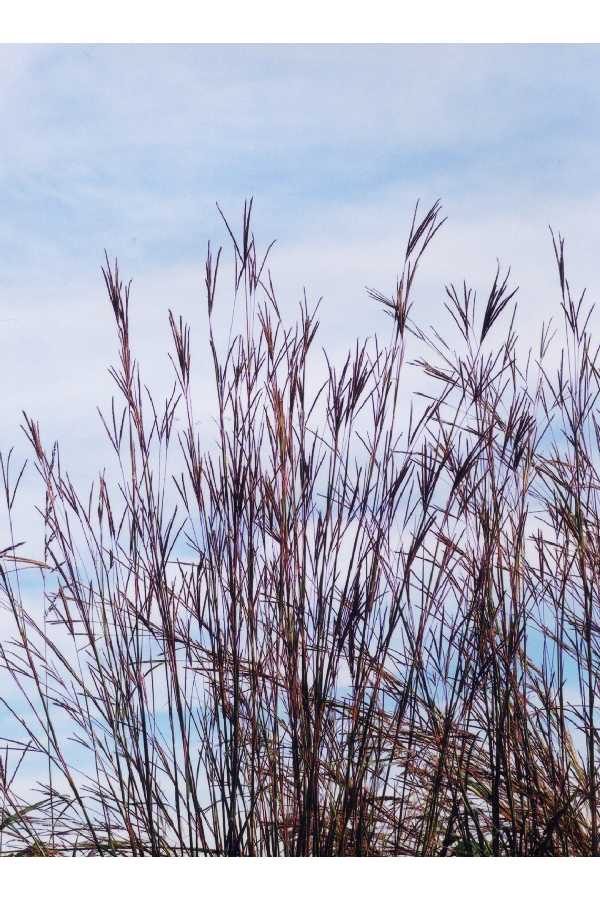
Big bluestem (Andropogon gerardii) is the dominant grass species found in the tallgrass prairie ecosystem. It can reach up to 8 feet (2.4 meters) in height and has a root system that can extend downward over 8 feet into the deep, rich prairie soil. The grass is a perennial grass and sends out strong rhizomes, which helps bind the soil into a strong sod. Big bluestem, also known as turkey foot, blooms during the summer months and seeds well into the fall. Other common grasses found on the tallgrass prairie include little bluestem (Schizachyrium scoparium), switchgrass (Panicum virgatum), Indiangrass (Sorghastrum nutans) and buffalograss (Buchloe dactyloides).
Wildflowers
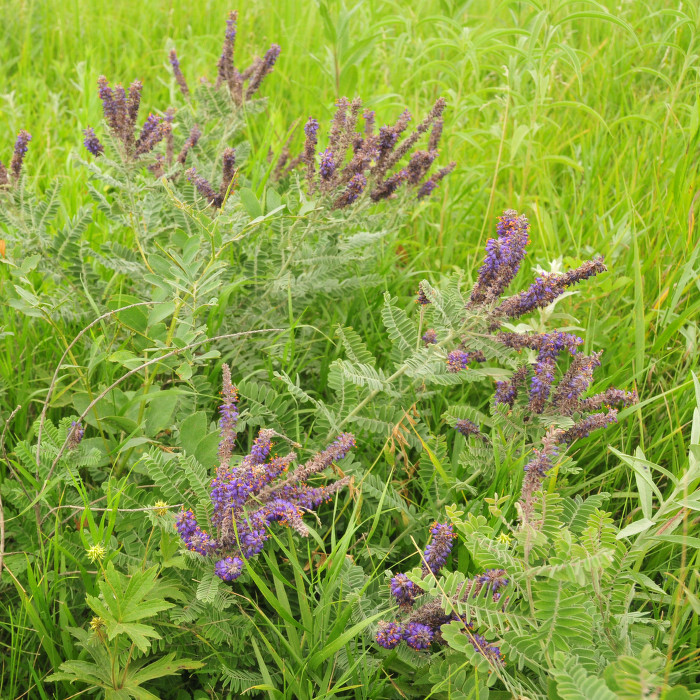
The vast majority of prairie wildflowers are known to botanists as "forbs," defined as any herbaceous plant that grows in its native environment except grasses and grass-like forms. With the return of warm springtime temperatures, an explosion of wildflowers occurs across the tallgrass prairie that continues throughout the summer and into the fall. Wild blue indigo (Baptista australis), butterfly milkweed (Asclepias tuberosa), blue sage (Salvia azurea), gayfeather (Liatris mucronata), compass plants (Silphium laciniatum) and lead plants (Amorpha canescens), shown here, decorate the tallgrass prairie with a rainbow of floral displays.
Weather
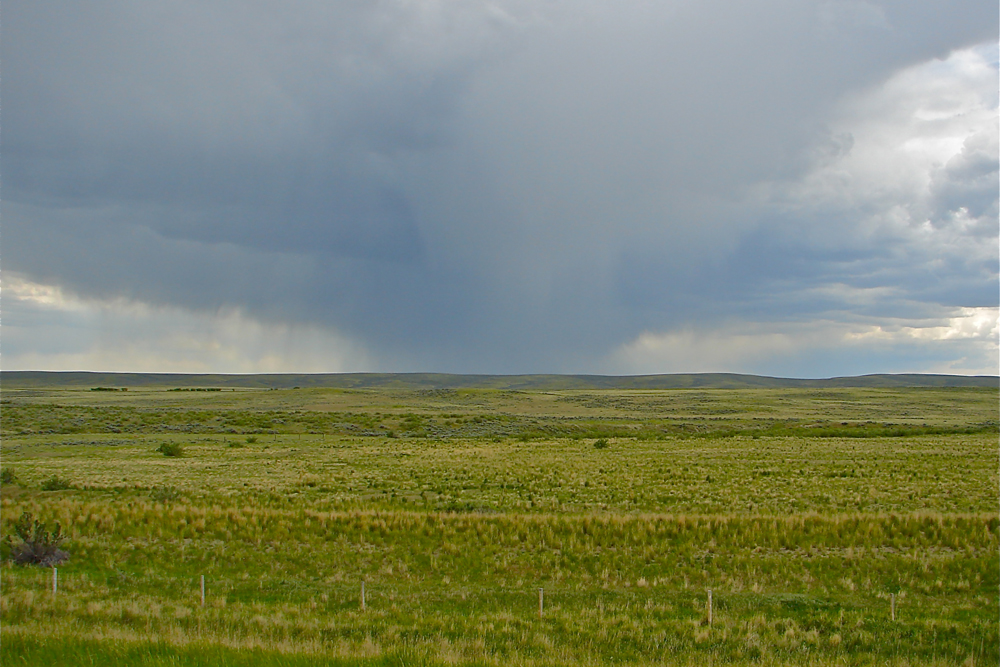
The tallgrass prairie experiences a wide variety of weather types. Below-zero temperatures are common during the winter and extended periods of drought often occur during the summer months. Powerful storms can roar across the land bringing tornadic winds and drenching rainfall. Massive wildfires once howled across the prairie burning everything in their path while enriching and refreshing the tallgrass prairie soil.
Get the world’s most fascinating discoveries delivered straight to your inbox.
Secrets to Survival
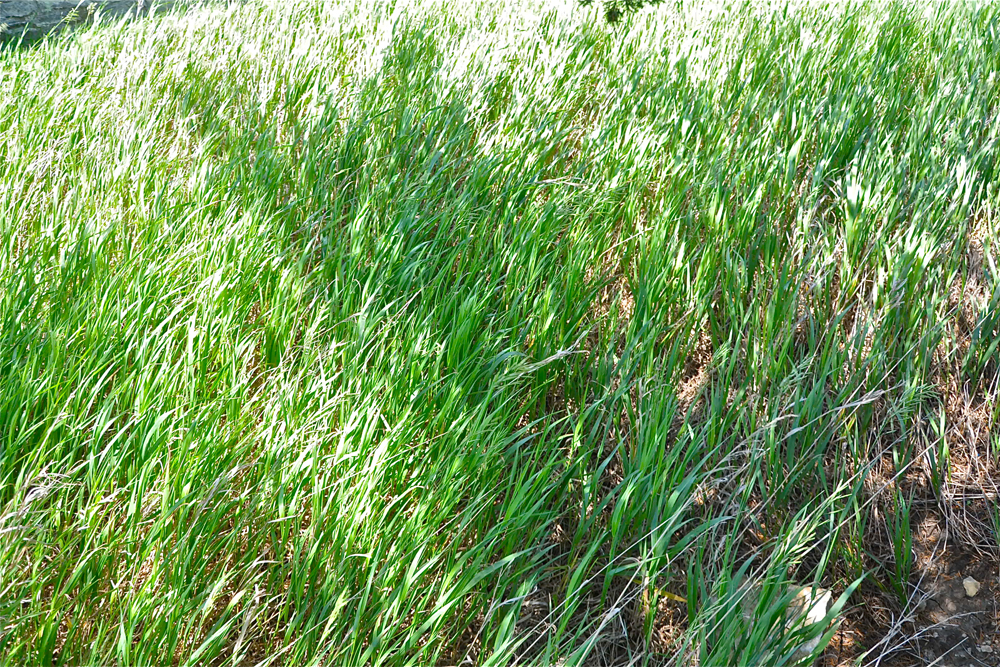
The plants of the tallgrass prairie must survive in this environment with fire, cold, wind and drought, while growing fast enough to stay ahead of the millions of insects and herbivores feeding upon them. The true secret to their survival is that 75 to 80 percent of a prairie plant lies underground. What is seen of the plants above ground are the flowers, photosynthetic leaves and stems, which collect the sun's energy for the much larger plant structures living underground.
Living Communities
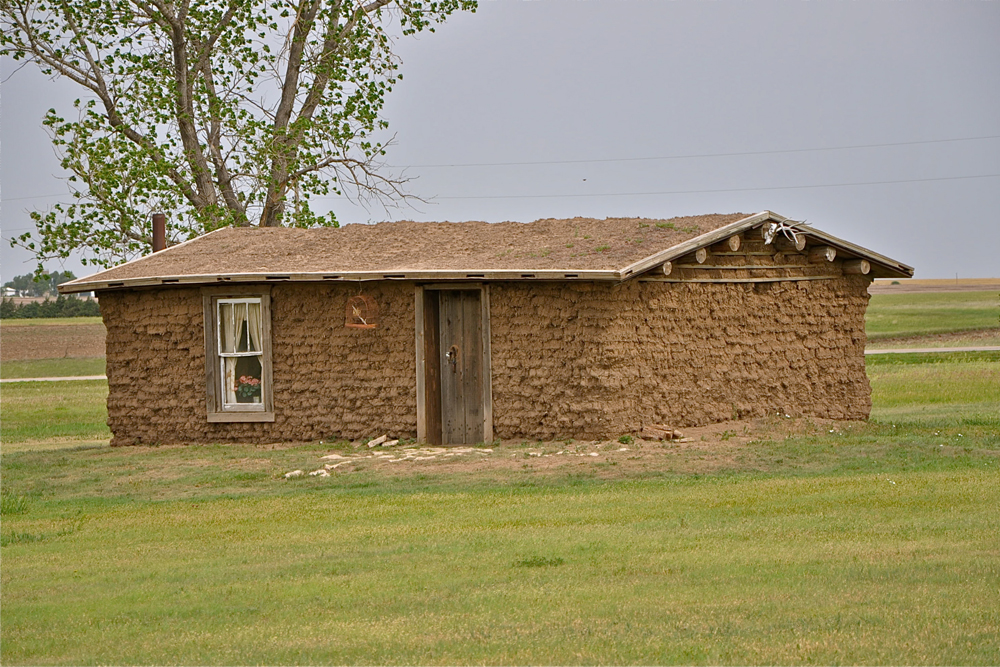
Lying just beneath the surface of the tallgrass prairie is a vast, living community of rhizomes, growing laterally and protected from the harsh, extreme climatic elements found on the surface. Fibrous roots grow from these rhizomes deep into the earth, some to a depth of 10 to 15 feet (3 to 4.6 m). The roots and microscopic "rootlets" of the billions of plants intertwine, forming a matrix that tightly binds the soil. The roots of the tallgrass prairie plants are so interwoven that early settlers could cut bricks from the tightly bound sod to build their homes and communities. So numerous are these root structures that if all the roots from a single plant were laid end to end, they would stretch for miles. Competition for the water and the nutrients found in the soil is intense.
Grazing Animals
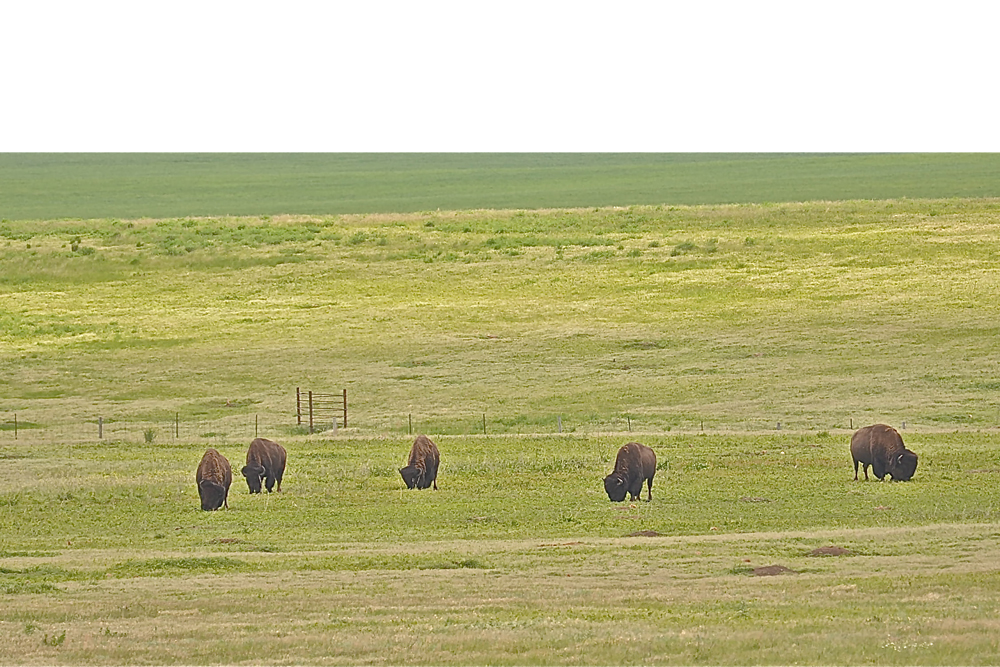
With such an ocean of grasses, grazing animals thrived on the tallgrass prairie, numbering in the millions. The dominant prairie animal before the arrival of European settlers was the American bison (Bison bison). Scientists estimate that in the past, as many as 60 million bison grazed upon the North American prairie. Today about 400,000 bison are in captivity, kept on some 4,000 private ranches. Only about 15,000 bison roam free, unobstructed by fence, on the North American continent.
There are now 120 species of mammals found within the tallgrass prairie, including mule deer (Odocoileus hemionus), white-tail deer (Odocoileus virginianus), bobcat (Lynx rufus), red fox (Vulpes vulpes) and the American badger (Taxidea taxus).
Prairie Birds
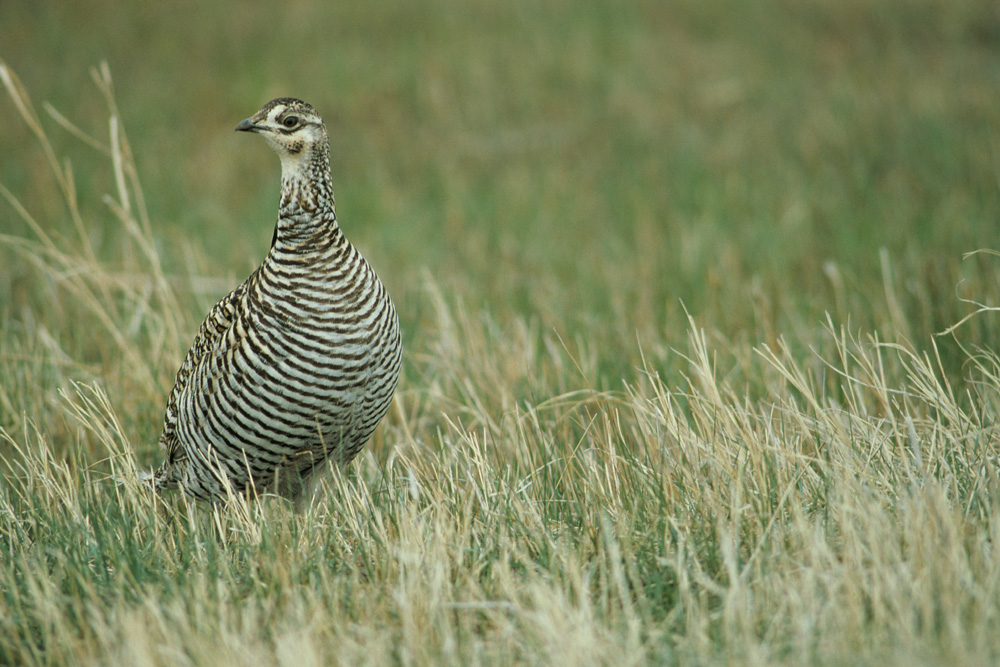
Over 420 species of birds have been documented living or migrating through the tallgrass prairie, including the Greater Prairie Chicken shown here. Both bald eagles and golden eagles are still seen gliding about the vast grasslands. The prairie is also home to 28 species of amphibians, 53 species of reptiles and countless numbers of insects. Life was and still is diverse and abundant on the tallgrass prairie.



